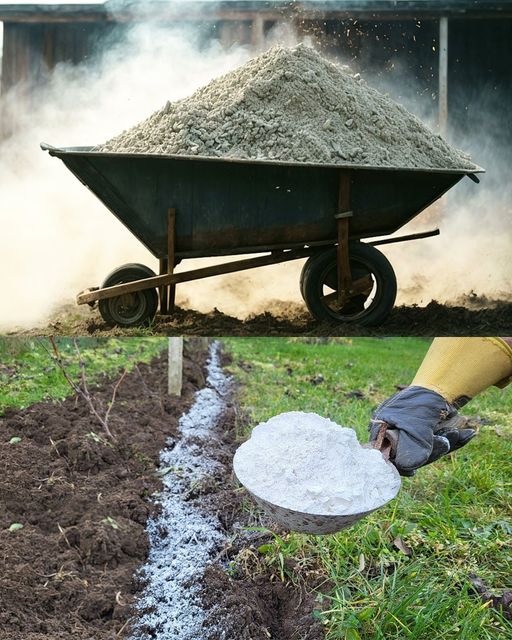Firewood ash is often seen as a nuisance, but it’s time to rethink that perception. Not only is it a fantastic resource for your garden, but it also provides numerous benefits for your plants. Let’s explore what happens when you use ash in the garden and which plants thrive on it.
Benefits of Using Firewood Ash
- Nutrient-Rich: Firewood ash is a great source of potassium, calcium, and magnesium, essential nutrients for plant growth. Potassium helps with flower and fruit development, while calcium is crucial for cell wall structure.
- pH Balance: If your soil is too acidic, wood ash can help raise the pH, making it more neutral. This is especially beneficial for plants that prefer less acidic conditions.
- Pest Deterrent: Sprinkling ash around plants can deter pests like slugs and snails. The ash creates a barrier that these soft-bodied pests find difficult to cross.
- Improved Soil Structure: When mixed into your soil, ash can help improve aeration and drainage, making it easier for roots to grow.
How to Use Firewood Ash in Your Garden
- Collection: After your fire has cooled, collect the ash from the fireplace or fire pit. Be sure to use only ash from untreated wood to avoid harmful chemicals.
- Storage: Store the ash in a dry, airtight container until you’re ready to use it. This will prevent it from clumping and losing its effectiveness.
- Application:
- Direct Application: Sprinkle a thin layer of ash around the base of plants or mix it into the soil when preparing garden beds.
- Compost: Add ash to your compost pile in moderation. It can help balance the pH and add nutrients to your compost.
- Liquid Fertilizer: Create a liquid fertilizer by mixing one cup of ash with a gallon of water. Let it sit for 24 hours, then strain and use it to water your plants.
Which Plants Love Firewood Ash?
- Tomatoes: They thrive in slightly alkaline soil, making them perfect candidates for ash application.
- Peppers: Like tomatoes, peppers benefit from the potassium and balanced pH that ash provides.
- Cabbage Family: Plants like broccoli, kale, and cabbage enjoy the nutrients from ash, promoting better growth and pest resistance.
- Root Vegetables: Carrots, beets, and potatoes can benefit from the improved soil structure and nutrient availability.
- Fruit Trees: Sprinkling ash around fruit trees can enhance fruit quality and deter pests.
Important Tips
- Moderation is Key: Use wood ash sparingly; too much can raise soil pH too high, which can be detrimental to some plants.
- Avoid Coal Ash: Never use ash from charcoal or treated wood, as these can contain harmful chemicals.
- Test Your Soil: If unsure about your soil’s acidity, consider testing it before applying ash to avoid over-alkalizing.
Conclusion
Firewood ash is a valuable addition to your gardening toolkit. By utilizing this natural resource, you not only reduce waste but also promote healthier plant growth. So, next time you have a cozy fire, remember: that ash is pure gold for your garden! Happy gardening!



